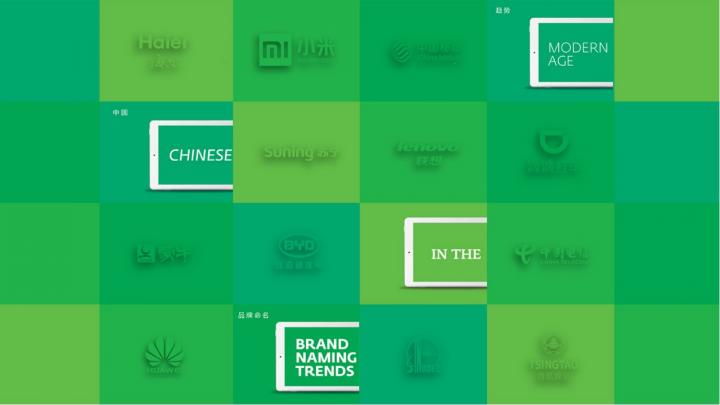

Amidst the rapid evolution of China’s economy and the flourishing global commerce, a wave of new business forms and technologies has emerged. From the dynamic sharing economy to transformative advancements like VR and AR, the commercial landscape has witnessed a surge in innovative brands. This bustling environment has led to notable trends in Chinese brand naming, each reflecting the core values and distinctive brand images of the entities they represent. Stay tuned to explore the forefront of these trends shaping the future of brand nomenclature.
Before understanding the new Chinese brand naming trends, let’s date back to the past. Some brands established in the last century have played and continue to play an important role in the global market. Such brands usually come from traditional industries like electrical appliances, financial services, or automotive; or comparatively modern industries like internet services or telecommunications. We can summarize some distinct features from these representative brand names below:
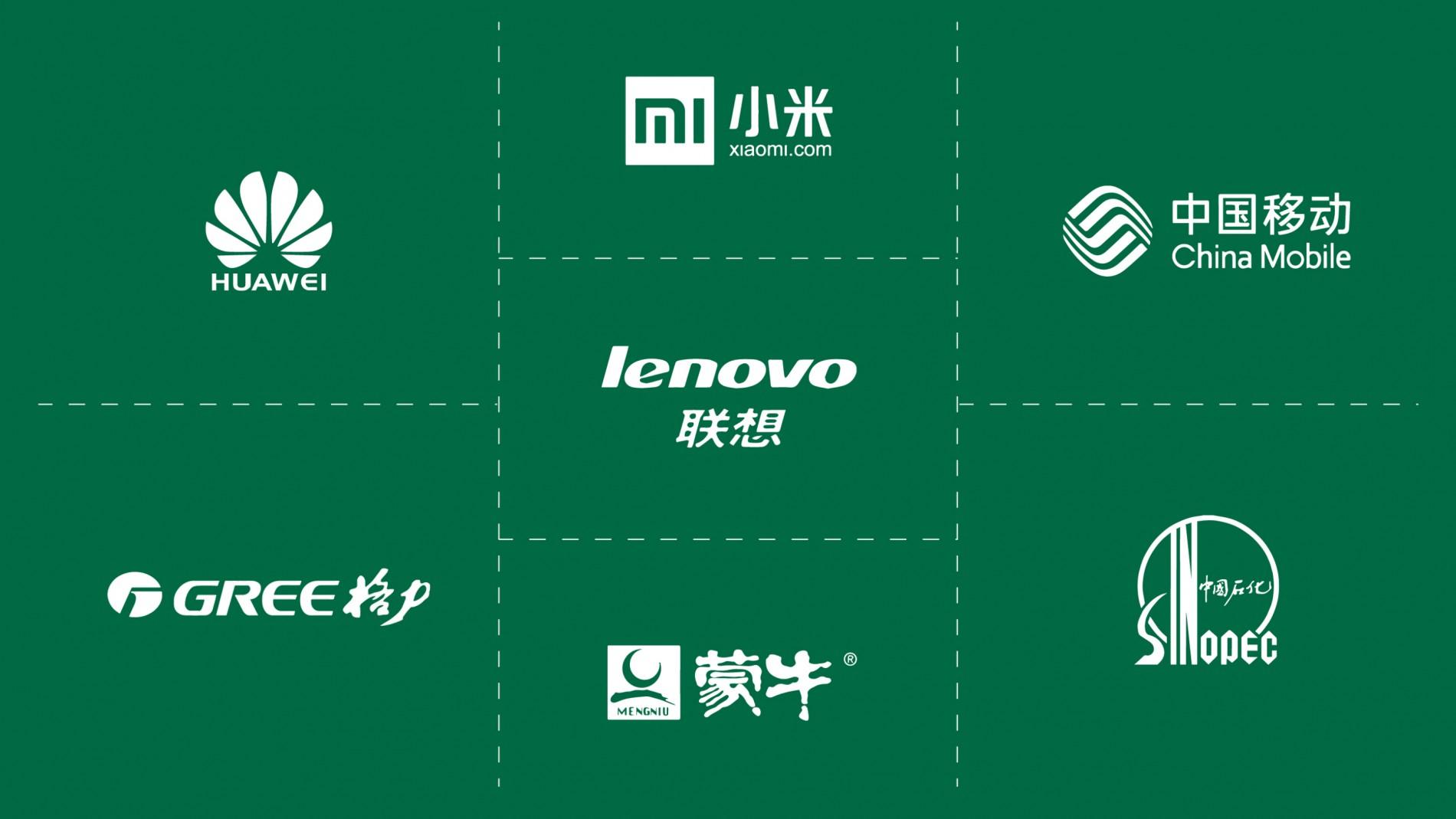
Embark on a journey through the diverse landscape of Chinese brand naming, where nomenclature is an artful blend of tradition and innovation. Brands in China often wield names that proudly bear the mark of their origins, combining the word “China” with industry-specific expressions to exude a commanding sense of power and authority. Traditional Chinese brands favor grand names, crafting a narrative of mastery that resonates with consumer admiration, reflecting ambitious visions. Meanwhile, pragmatic place-of-origin names offer simplicity and approachability, appealing to a broad audience. Transliteration names, on the other hand, seek to infuse an international allure, enhancing brand image on a global scale. Over the decades, Chinese brands have honed their focus on meeting consumer expectations of fundamental benefits such as quality and reliability, shaping brand names into distinctive typologies that align seamlessly with these expectations. Explore the nuanced artistry of Chinese brand naming as it unfolds across grand ambitions, cultural roots, and international aspirations.
New brands emerging in recent years often come from e-commerce, online travel, the sharing economy, and high-end boutique products and services, among others. New types of business that use technology as a fundamental competency also bring different tendencies in brand names, including:
Let’s explore these three newly-emerging name typologies and extract some lessons for brands in the modern age.
This name type largely emerges in e-commerce and online travel brands, with roots back to brands like Apple. Animals, plants and familiar objects are often applied in symbolized names. A symbolized name has a simple and clear meaning which is easy to memorize and communicate. It’s a great advantage in the era of information overload. However, the simplicity of the name creates other challenges: how to build an expressive brand identity system and how to deliver profound brand essence.
Tmall 天猫 set an excellent example for facing such challenges. The name gave rise to a heated discussion once announced to the public: Jack Ma said the Chinese name “天猫” came into his mind when he was on the toilet. We cannot deny it is a unique and eye-catching name. It helped build up brand awareness within a very short period of time. In the beginning, the name did not convey much information about the category (e-commerce) or brand attributes.
But the brand keeps on building its visual identity system and sticks to a consistent communication strategy, which brings much more connotation to the name. The key element in the brand signature is the cat face, designed in a unique rectangle shape. It humorously matches with the founder Jack Ma’s facial characteristics (Chinese netizens have jokingly dubbed Jack Ma “ET”), allowing for strong recognition. The rectangle-cat-face image gradually emerged in different communication platforms and channels, such as the front page of the Tmall 天猫 App and the latest campaign posters. The name feels more vivid and distinctive through the brand identity system that was developed first and foremost from naming.
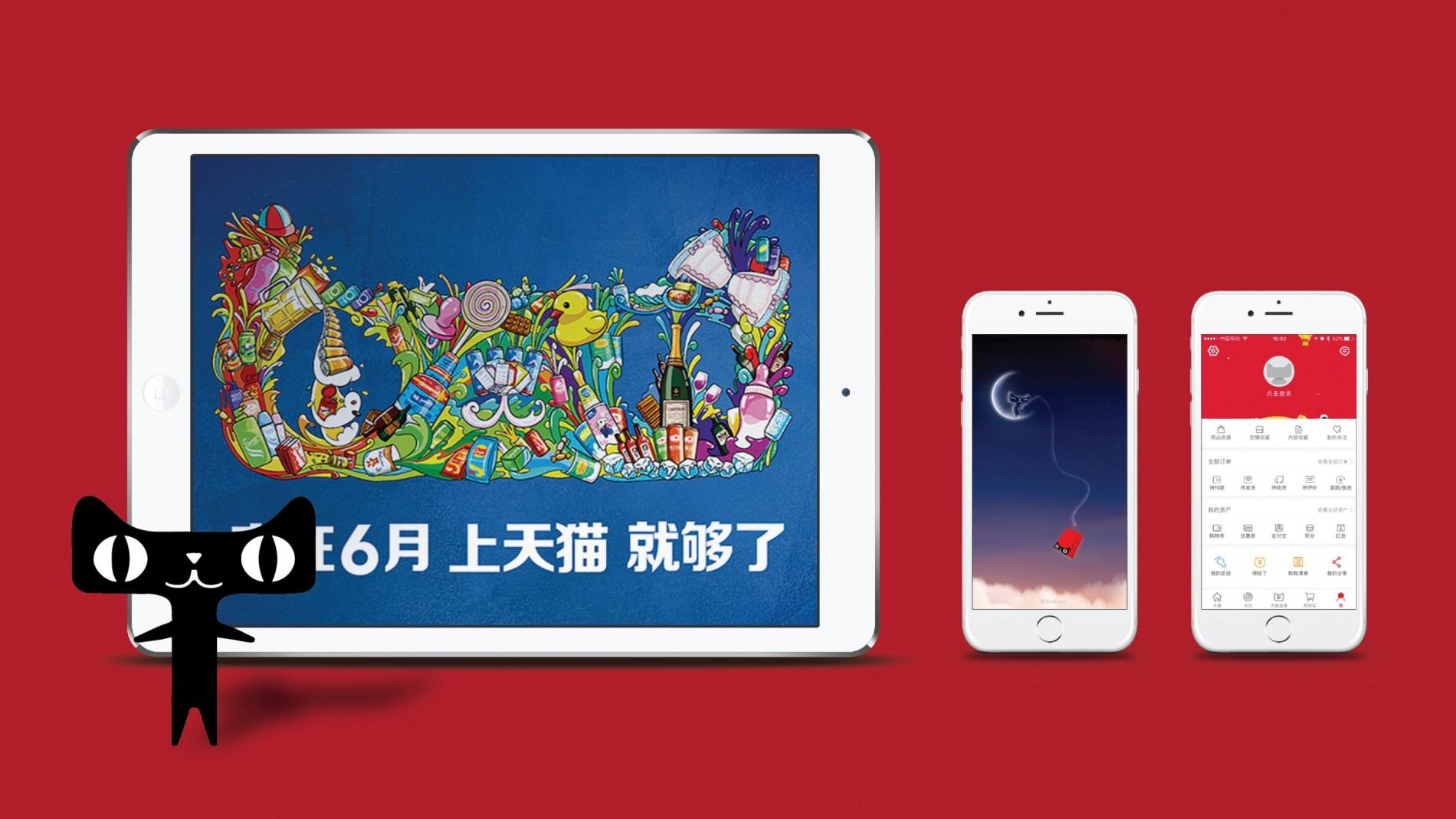
Tmall 天猫
Women are often compared to cats in Chinese culture. They are both adorable, beautiful and elegant. The black cat, as chosen by Tmall 天猫, further adds a feeling of mystery and independence. The cat metaphor fits very well with the psychology of many women in China, who are the key target consumers of Tmall 天猫.
As a conclusion, the brand doesn’t stop after choosing a special symbolized name. It builds and expands the brand identity system based on it. The name gains more personalities as the brand develops.
Some brands do not appropriately handle such challenges. A second-hand vehicle trading website recently launched is called 瓜子 (Guazi), which means sunflower seed. It’s a fun and unique name that attracts attention upon first glance. But there is hardly any association between the name and the brand’s offerings and messages. The unique and fun meaning and its interpretation is not applied in visual design nor in any communication. In addition, the name fails to relate to the business category.
So in this case, the name and the brand almost have no connection. Such an approach certainly cannot build a unique and distinctive brand.
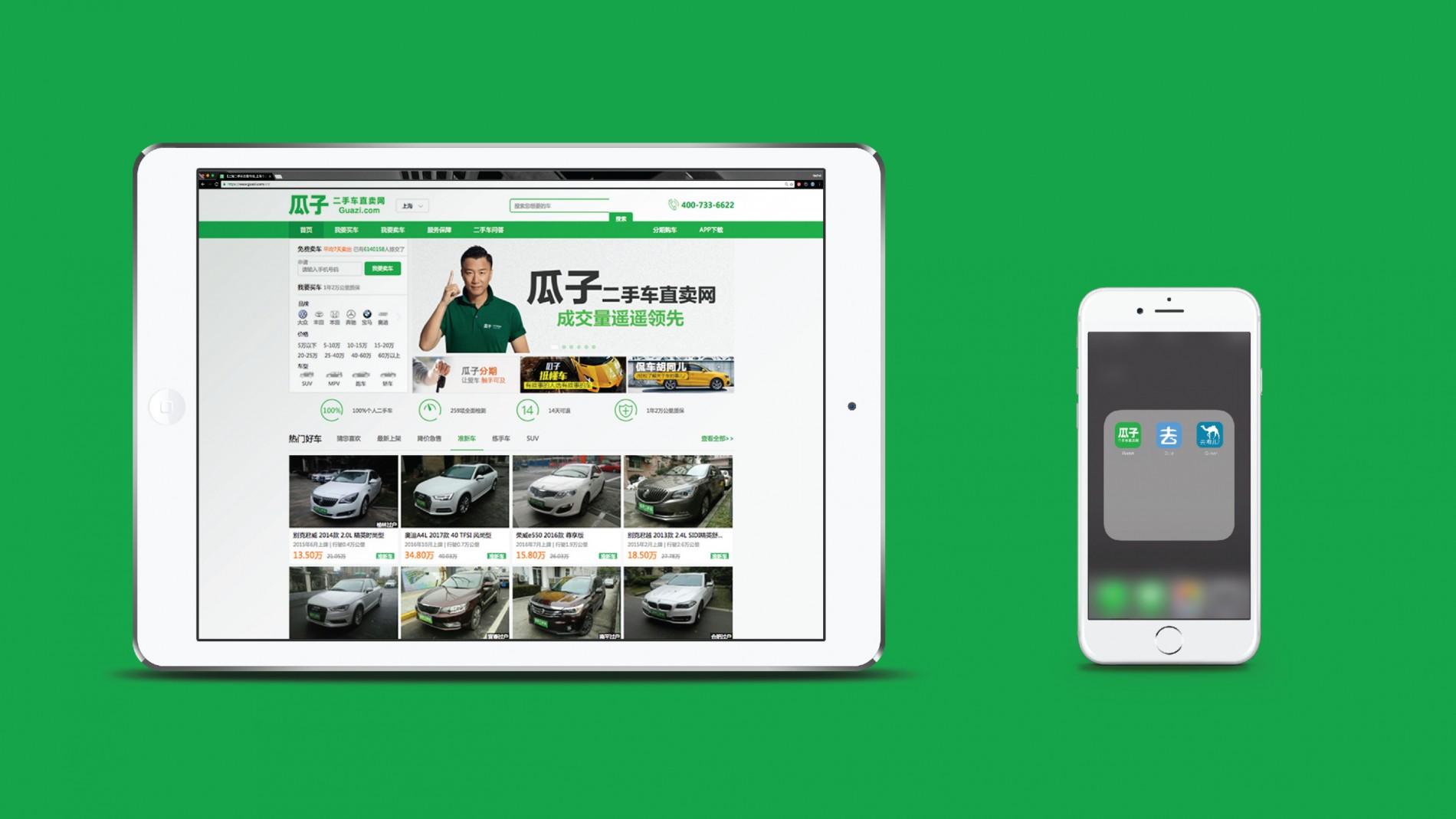
Another newly emerged trend of brand naming is colloquialism, which has gained popularity among numerous brand founders in recent years. Colloquial names originate from daily language. They are approachable and close to consumers but also have weaknesses – because such names usually represent common industrial features, they are less differentiating in conveying unique brand messages. Meanwhile, they are easy to be copied by competitors. A group of similar names will create confusion among consumers. Take 去哪儿 (Qunar) as an example: following its success in the market, a few “Qu” names have appeared, such as the APPs “去玩儿”, “去玩吧”, “去旅行”. Even Alitrip was once branded as 去啊 (Qu’a).
In order to build differentiation out of a colloquial name, the brand needs to define a distinctive verbal system and unify a style of copywriting which is in line with the brand voice. Established brands such as Apple and Nike are very good in this regard. They each have their own verbal style. Among the newly emerging brands with colloquial names, Didi is trying to craft its own communication style. The brand is building a voice based on “understanding ordinary people” and some measures are worth mentioning.
Didi held a contest of the Top 10 Drivers in July 2016, the theme being “find the extraordinary among ordinary people.” The brand positions itself as a friend to the audience; it tries to understand their experiences and feelings. This effort can be seen from some copywriting, such as “From a general manager to a taxi driver, he regained a long lost sense of achievement through endeavors” and “Day and night, driver and musician, he resists pessimistic life with an optimistic attitude.” As a young brand, Didi still needs to develop a clear definition of its verbal tonality, and keep all application consistent with the defined style for the long term.
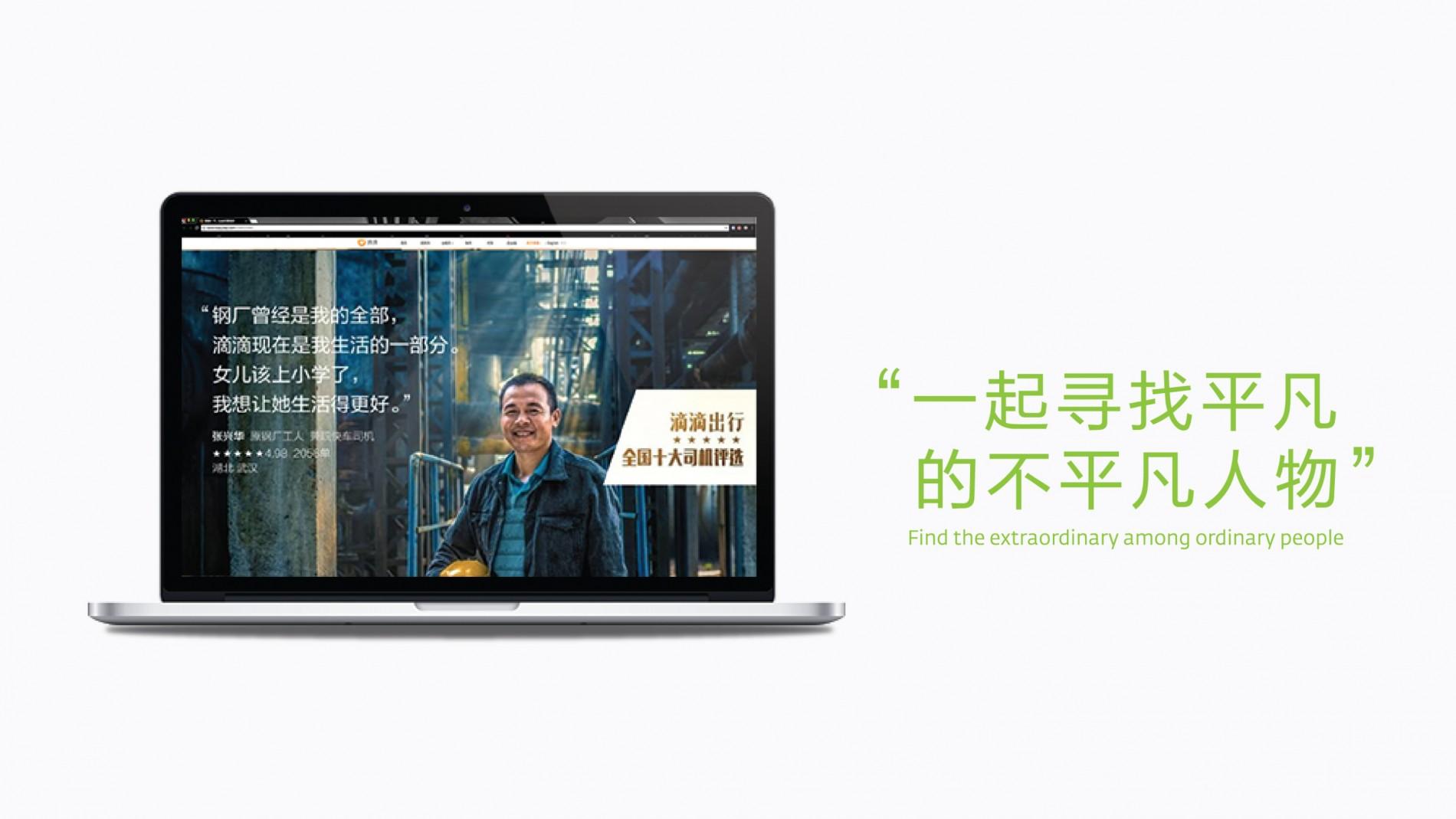
Didi “Top 10 Drivers” contest in July 2016
Being international is the dream for a lot of brands, whether in the past or at present. In the past, a brand would use a Chinese transliteration name to give an international image. For instance 海尔 (Haier) comes from “HERR”, the last syllable of the German brand LIEBHERR. 格力 (Gree) comes from the English word “Glee”. 比亚迪 (BYD) represents the three alphabetic letters. As the world has become more international, however, alphabetic names have replaced transliterations as the new way to convey an international image.
This new trend not only reflects the switch of language but also the change in attitude for brand strategy and platform positioning. BYD’s vision is to promote green energy cars, mainly targeting Chinese traditional families in tier 2-3 cities. The design and publicity of the automotive brand is also deeply rooted in Chinese local culture — the main vehicle models under the brand use the name of Chinese ancient dynasties, like Qin, Tang, Song and Yuan. We can see although the name is internationalized, the positioning of the brand is still local and mass-market.
Let’s turn our attention to the newly emerging e-commerce brand roseonly. The rose delivery brand was born on January 4th 2013, a day that represented “love in all one’s life” (when read aloud in Mandarin, the date “ 1314 ” sounds like “一生一世”, a declaration of undying love). One year and a half from its birth, roseonly has completed three rounds of financing. The shareholders include well-known investors such as Tencent and IDG. The brand concept “sending roses to only one person throughout your whole life” symbolizes the romantic promise “you are my only love forever”. The website design is simple and bright. Product lines are carefully presented with bilingual introductions. The English tagline “Trust roseonly, trust love” is widely applied on product pages. The target consumers of roseonly are an elite class who enjoy an international lifestyle. Through name, brand story and brand identity system, roseonly has built a consistent international image with a romantic and urban brand tonality.
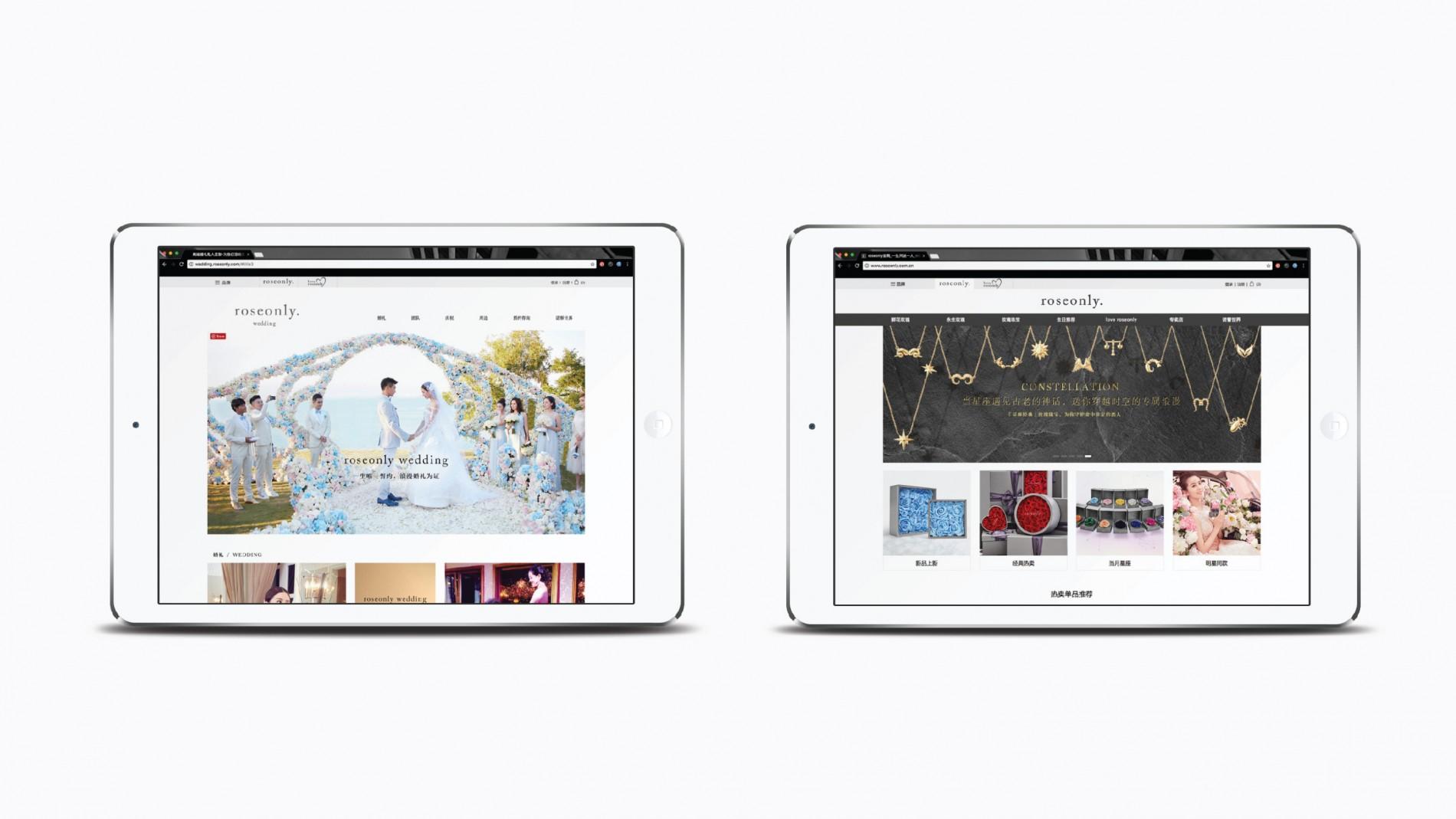
roseonly
“Hey Juice” and “Keep” use alphabetic names to represent their brands. They both aim to fulfill the fitness needs of city elites. Their positioning and design inherits the international metropolis style. Through these examples, we find the newly emerging international names represent a modern cosmopolitan image, with the target audience being clearly urban consumers with a multicultural background.
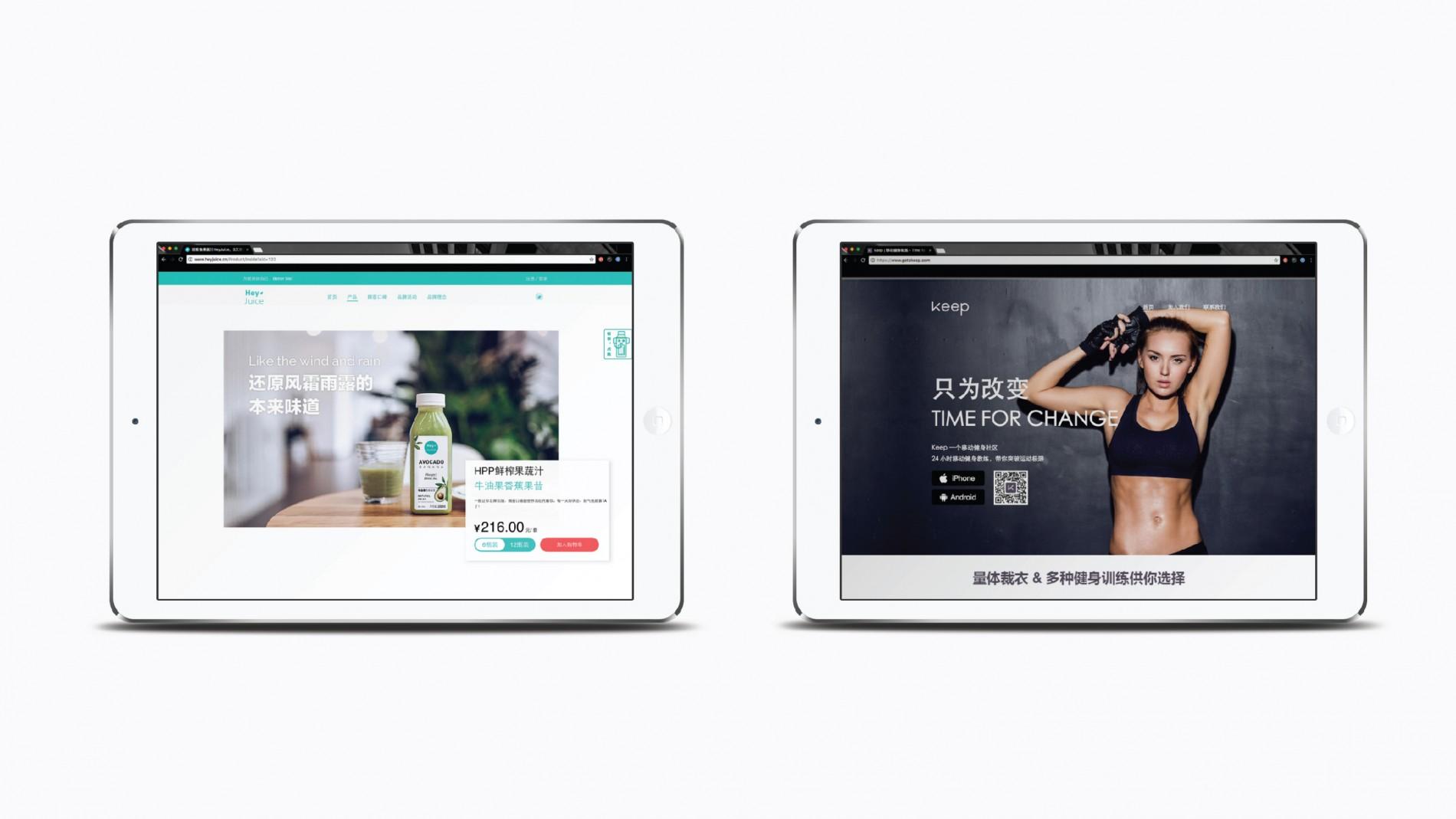
Left: Hey Juice; Right: Keep
These three new naming typologies (symbolized name, colloquial name and international name) possess a lot of advantages in the current times. Some are easy to communicate, some are close to consumers, some are catchy and create a buzz in a short time. These naming tools are great solutions to a fast developing and changing business environment as well as to the more and more demanding consumers.
However, no matter how the environment and trends change, some fundamental principles of brand building will always remain unchanged: brand name is the main element in the brand identity system which includes verbal and visual systems; brand identity system should reflect brand position, brand essence and brand differentiation; brand identity system should be harmonious and consistent in all types of application. Adhering to these principles, a brand can continuously accumulate its brand equity and achieve brand esteem, no matter the era.
A Labbrand Group Company © 2005-2024 Labbrand All rights reserved
沪ICP备17001253号-3* Will be used in accordance with our Privacy Policy
To improve your experience, we use cookies to provide social media features, offer you content that targets your particular interests, and analyse the performance of our advertising campaigns. By clicking on “Accept” you consent to all cookies. You also have the option to click “Reject” to limit the use of certain types of cookies. Please be aware that rejecting cookies may affect your website browsing experience and limit the use of some personalised features.